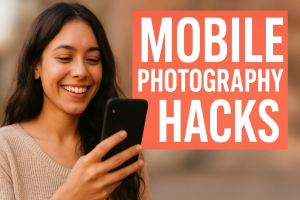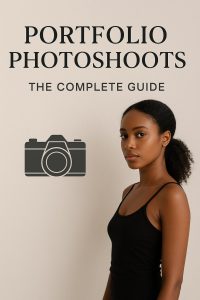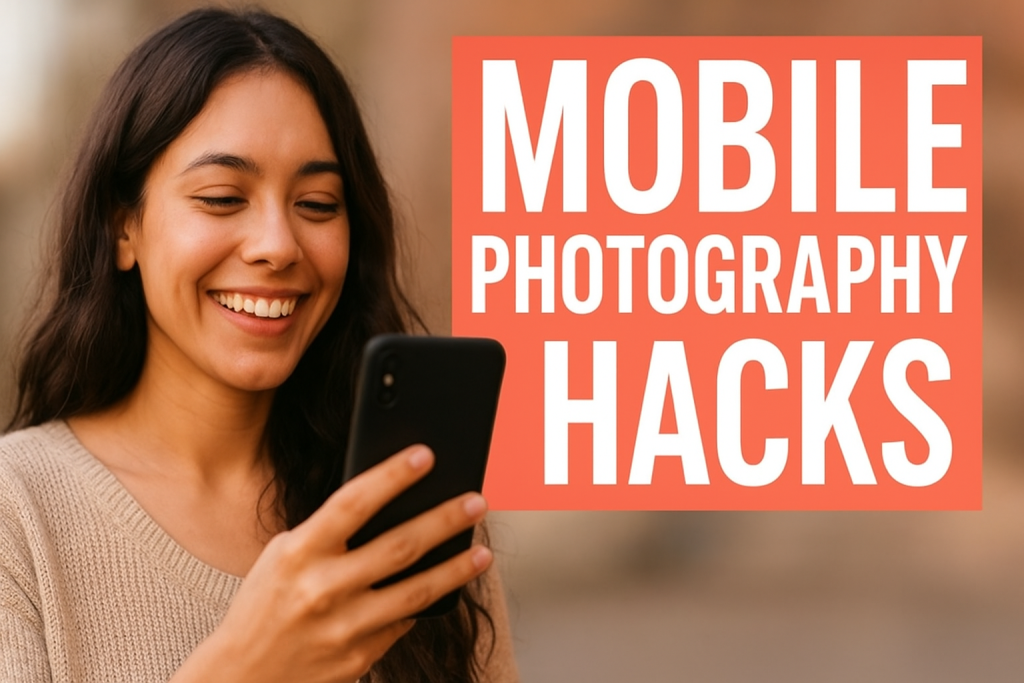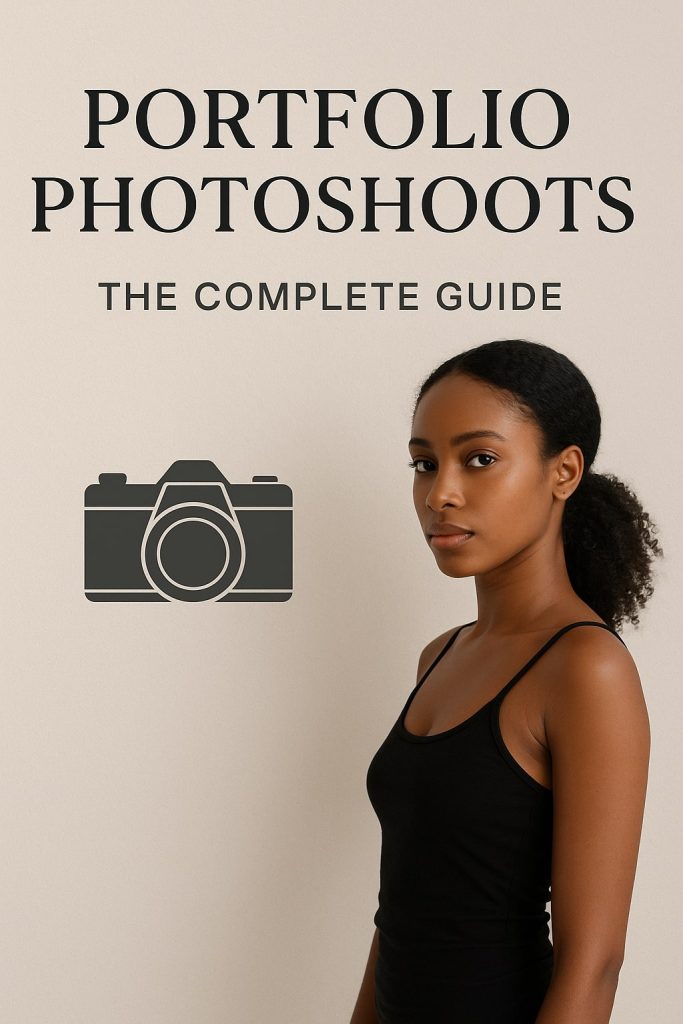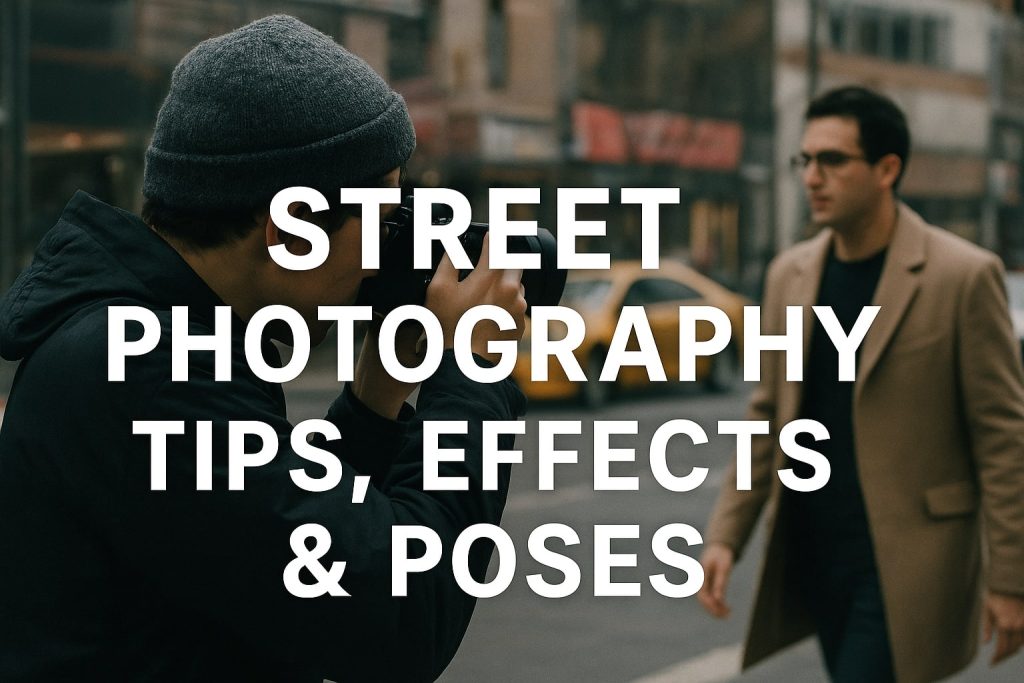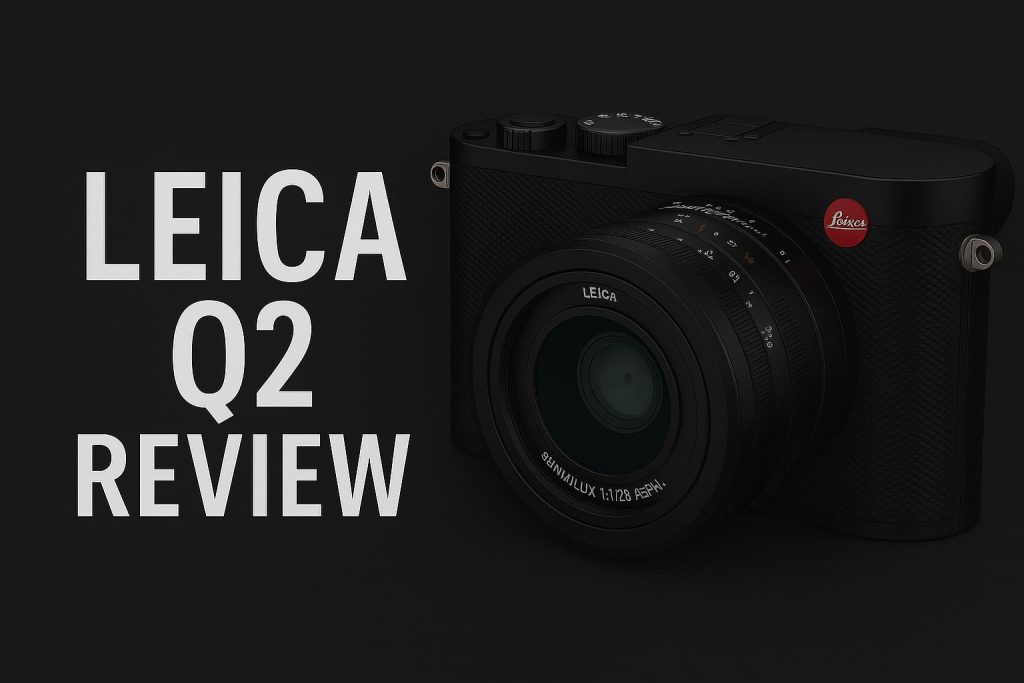A well-curated boudoir photography portfolio is essential for photographers looking to attract clients, showcase their skills, and establish a unique style. Boudoir photography is an intimate and artistic genre that requires not only technical expertise but also the ability to make clients feel comfortable and confident.
In this comprehensive guide, we will cover everything you need to know about creating a standout boudoir photography portfolio, including choosing the right models, selecting the best images, crafting a cohesive brand, and marketing your work effectively.
1. Understanding the Purpose of a Boudoir Photography Portfolio
1.1 Why a Portfolio Matters
A professional portfolio serves as a visual resume, helping potential clients understand your style, expertise, and artistic vision. A well-crafted portfolio:
- Builds trust with potential clients.
- Showcases technical and creative skills.
- Highlights versatility in different boudoir styles.
- Helps in branding and marketing.
1.2 Defining Your Target Audience
Before creating your portfolio, determine your ideal clients. Ask yourself:
- Are you targeting individuals, couples, or bridal boudoir sessions?
- Do you want a luxury, high-end style or a more relaxed, lifestyle approach?
- What age range and body diversity do you want to represent?
Knowing your audience allows you to tailor your portfolio to attract the right clientele.
2. Choosing the Right Images for Your Boudoir Photography Portfolio
2.1 Selecting Your Best Work
Your portfolio should only include your strongest images. Choose photos that demonstrate:
- Technical excellence in lighting, composition, and focus.
- Emotional connection and authenticity.
- Diversity in poses, expressions, and styles.
2.2 Showcasing Variety
A well-rounded boudoir photography portfolio should feature:
- Different lighting techniques (natural light, studio light, moody lighting).
- A mix of posed and candid shots.
- Various wardrobe styles (lingerie, casual, fully clothed elegance).
- A range of body types, skin tones, and ages to promote inclusivity.
2.3 Balancing Artistic and Marketable Images
While artistic shots show creativity, your portfolio should also include marketable images that align with client expectations. A balance between editorial-style and client-friendly images ensures broad appeal.
3. Structuring Your Boudoir Portfolio for Maximum Impact
3.1 Organizing Your Portfolio
An organized portfolio enhances the viewing experience. Consider structuring it by:
- Theme: Romantic, dark and moody, playful, high-fashion.
- Session Type: Individual, bridal, couples.
- Style: Black-and-white, color, soft-focus, dramatic lighting.
3.2 The Ideal Number of Images
A portfolio should be concise yet comprehensive. Aim for 20-40 high-quality images. Too few may seem unprofessional, while too many can overwhelm viewers.
3.3 The Importance of First and Last Impressions
Your first image should be a showstopper, setting the tone for your portfolio. Similarly, your last image should leave a lasting impression.
4. Creating an Online Boudoir Photography Portfolio
4.1 Choosing the Right Platform
A strong online presence is crucial. Popular portfolio platforms include:
- Your Own Website: Fully customizable with a personal domain.
- Instagram & Pinterest: Great for social reach and client engagement.
- Photo Hosting Sites: Format, SmugMug, Zenfolio for client galleries.
4.2 Designing a User-Friendly Portfolio Website
Your website should be:
- Mobile-friendly: Since most clients browse on their phones.
- Easy to Navigate: Categories and galleries should be clearly labeled.
- SEO-Optimized: Use keywords like “boudoir photography portfolio” to rank higher.
4.3 Including a Blog Section
A blog can help attract traffic to your site and educate potential clients. Topics may include:
- “How to Prepare for a Boudoir Photoshoot”
- “The Benefits of Boudoir Photography”
- “Behind-the-Scenes of a Boudoir Session”
5. Building a Strong Brand Through Your Portfolio
5.1 Defining Your Unique Style
Your portfolio should reflect your artistic vision. Consider:
- Color Palette: Light and airy vs. dark and dramatic.
- Editing Style: Natural, high-contrast, or film-inspired.
- Signature Poses: Develop poses that distinguish your work.
5.2 Crafting a Memorable About Page
Clients want to connect with you. Your about page should include:
- Your photography journey.
- What inspires your work.
- A personal touch that builds trust.
5.3 Client Testimonials and Reviews
Positive client feedback adds credibility. Showcase testimonials alongside images to reinforce trust.
6. Marketing Your Boudoir Photography Portfolio
6.1 Social Media Strategies
Promote your portfolio by:
- Posting sneak peeks of sessions.
- Using engaging captions and hashtags.
- Sharing client stories (with permission).
- Collaborating with influencers or models.
6.2 Networking and Collaborations
Partner with:
- Makeup artists for styled shoots.
- Lingerie boutiques for cross-promotions.
- Wedding planners to offer bridal boudoir packages.
6.3 SEO and Local Marketing
Optimize your website for search engines by:
- Including “boudoir photography portfolio” in your content.
- Registering on Google My Business.
- Encouraging satisfied clients to leave reviews.
7. Keeping Your Portfolio Updated
7.1 Refreshing Your Portfolio Regularly
Update your portfolio every 6-12 months to include:
- New techniques and styles.
- Recently completed sessions.
- Feedback-based improvements.
7.2 Removing Outdated or Weak Images
Curate your portfolio to keep it refined. Remove:
- Outdated trends that no longer align with your brand.
- Images with technical flaws.
- Photos that no longer represent your skill level.
8. Conclusion: Elevate Your Boudoir Photography Portfolio
Building a standout boudoir photography portfolio requires careful selection, branding, and marketing. By curating high-quality images, creating a user-friendly website, and implementing strategic marketing, you can attract the right clients and establish yourself as a sought-after boudoir photographer.
Whether you’re just starting or refining an existing portfolio, focus on showcasing your best work, staying authentic to your style, and continually evolving to meet industry trends. Your portfolio is your brand’s visual identity—make it powerful, engaging, and uniquely yours.

Mobile Photography Hacks: Candid Moments with Your Phone
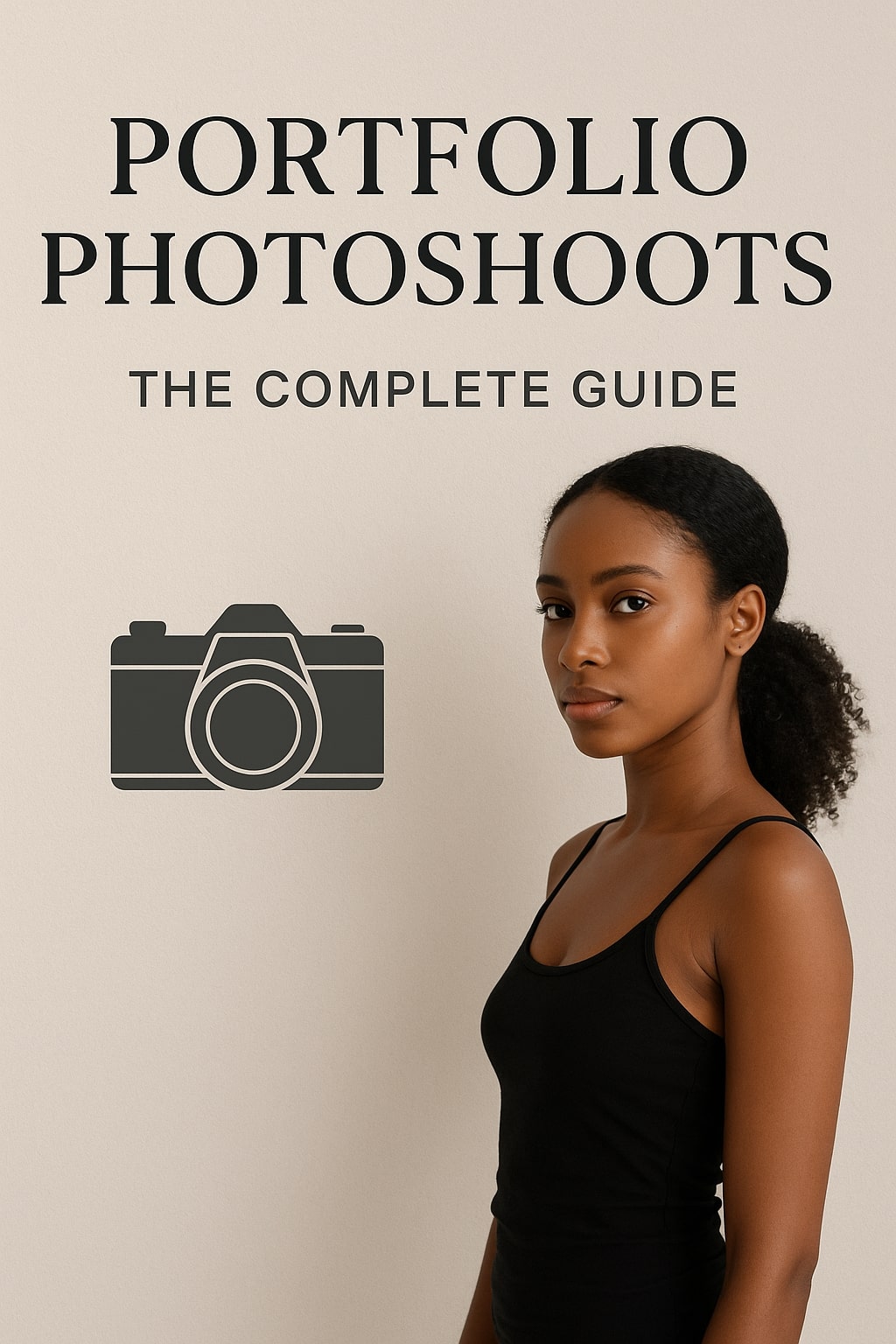
Professional Model & Portfolio Photoshoots: Show Your Best Work
-
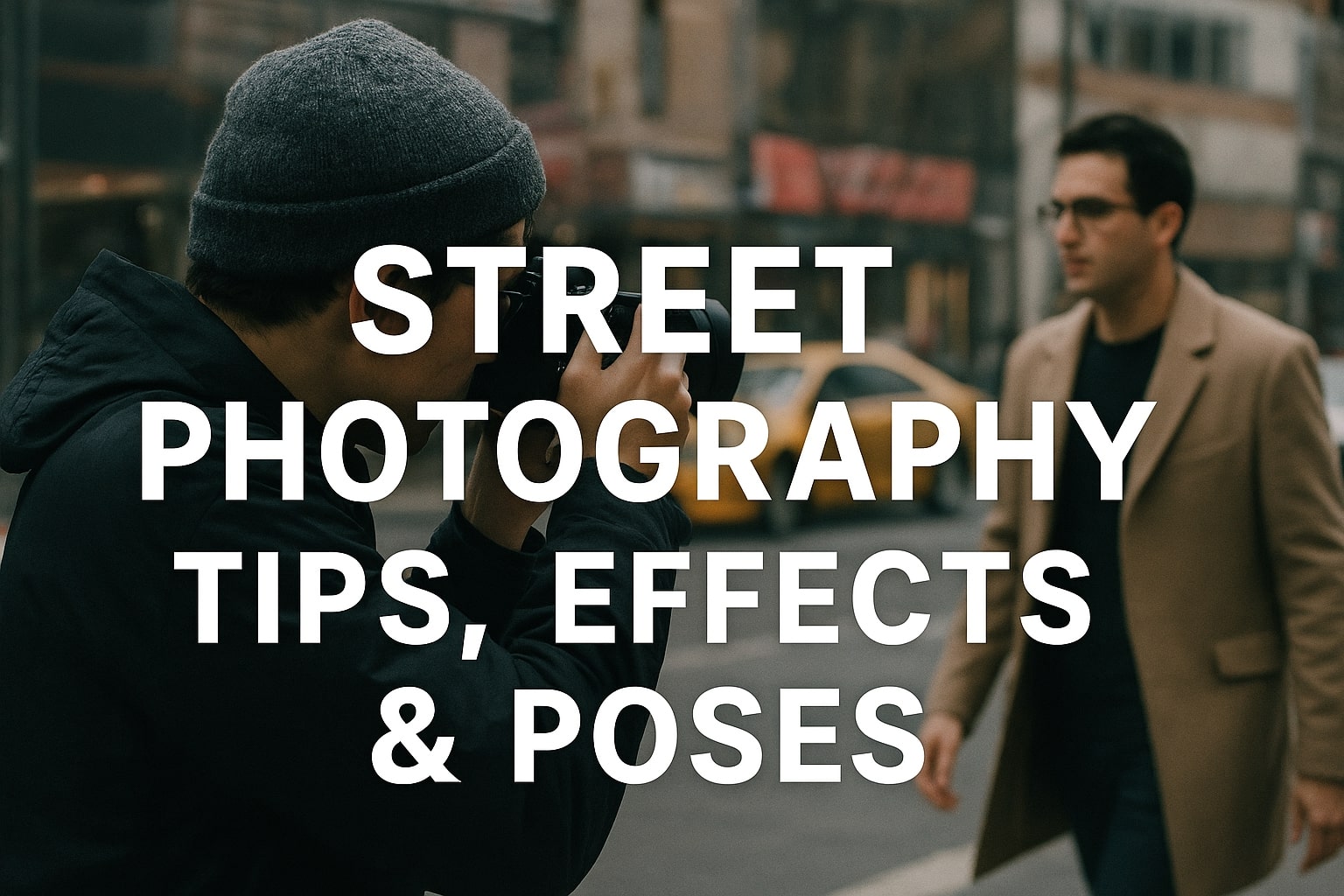
Street Photography Tips, Effects & Poses – Complete Guide
-
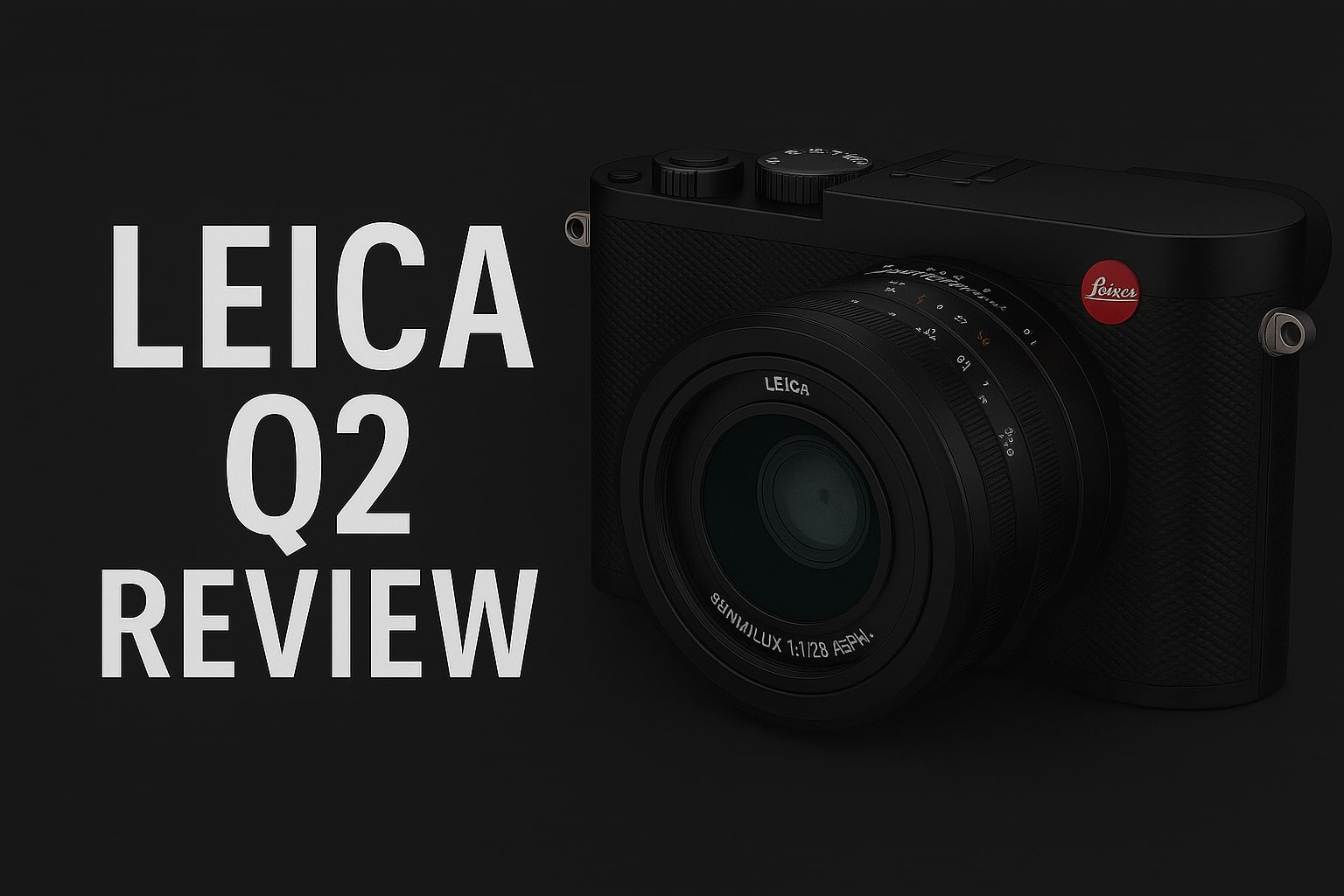
Leica Q2 for Photography: Why It’s Loved by Photographers
Mobile Photography Hacks: Candid Moments with Your Phone
Discover high-impact mobile photography hacks to capture genuine, gorgeous candid moments with your phone. Learn practical tips, composition secrets, and pro techniques to turn everyday scenes into stunning visual stories. Introduction: The New Age of Mobile Photography Photography has evolved beyond heavy cameras, technical jargon, and expensive equipment. Today, the power to capture extraordinary moments
Professional Model & Portfolio Photoshoots: Show Your Best Work
” Discover how to plan, style, and execute stunning portfolio photoshoots that showcase your skills, personality, and versatility. This comprehensive guide covers professional tips, posing ideas, gear suggestions, and industry insights for models and photographers.” Introduction – Why Portfolio Photoshoots Are the Cornerstone of a Photographer’s Career A well-crafted portfolio photoshoot is more than a
Street Photography Tips, Effects & Poses – Complete Guide
Discover the ultimate guide to Street Photography with expert tips, creative effects, and dynamic poses. Learn how to capture authentic urban moments, master composition, and tell powerful visual stories through your lens. Article Outline 1. Introduction to Street Photography Street Photography is more than just taking pictures of people in public spaces — it’s about
Leica Q2 for Photography: Why It’s Loved by Photographers
Introduction: The Cult Status of the Leica Q2 The Leica Q2 is not just a camera—it’s a statement. Combining the heritage of German precision engineering with modern digital excellence, it holds a special place in the hearts of professional and passionate photographers alike. With its full-frame sensor, prime Summilux lens, and minimalist design, the Q2
Top Cameras Under ₹1 Lakh for Freelance Photography
Freelance photography is no longer a niche—it’s a booming creative profession that demands not only vision and hustle but also the right gear. Your camera isn’t just a tool; it’s your storytelling partner. If you’re a freelance photographer aiming to balance performance, versatility, and budget, investing in a cameras under ₹1 lakh can offer the
Top Features of Nikon D850 That Make It Ideal for Photoshoots
Explore the top features of the Nikon D850 that make it a powerhouse for photoshoots. From exceptional resolution to dynamic range, this detailed Nikon D850 guide is built for professional and aspiring photographers. 1. Introduction When Nikon launched the D850, it quickly earned a reputation as a flagship DSLR that redefined what photographers could expect

